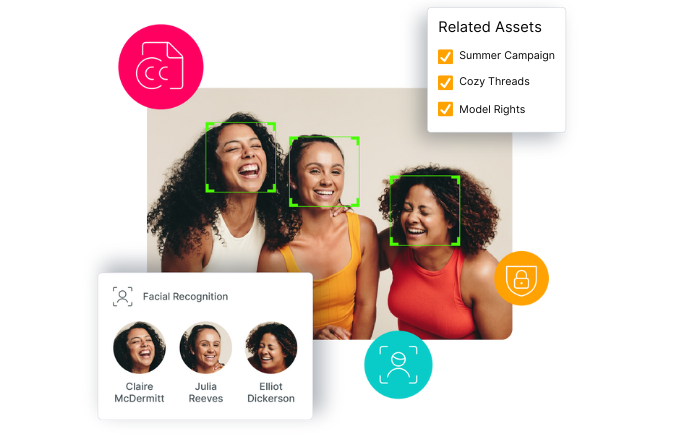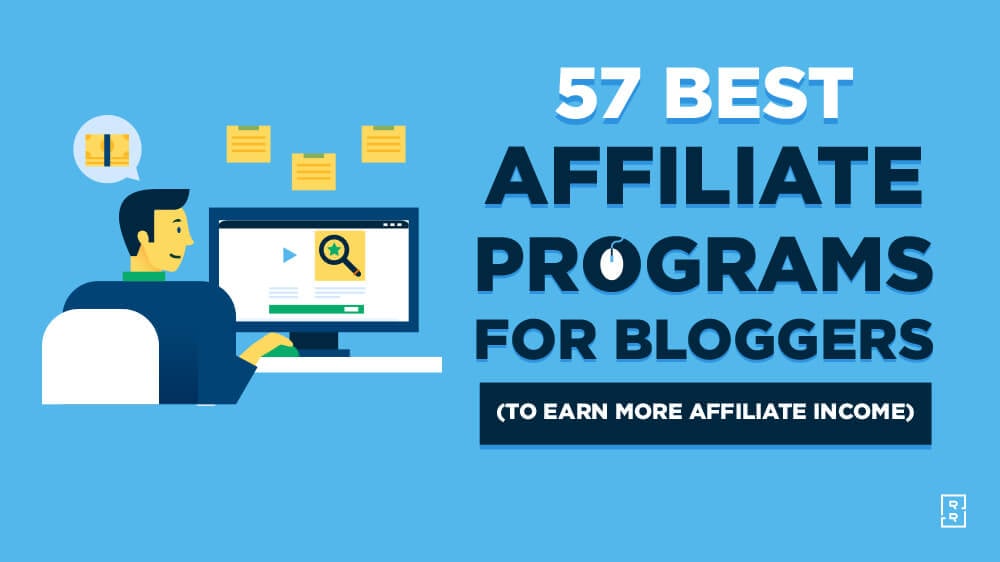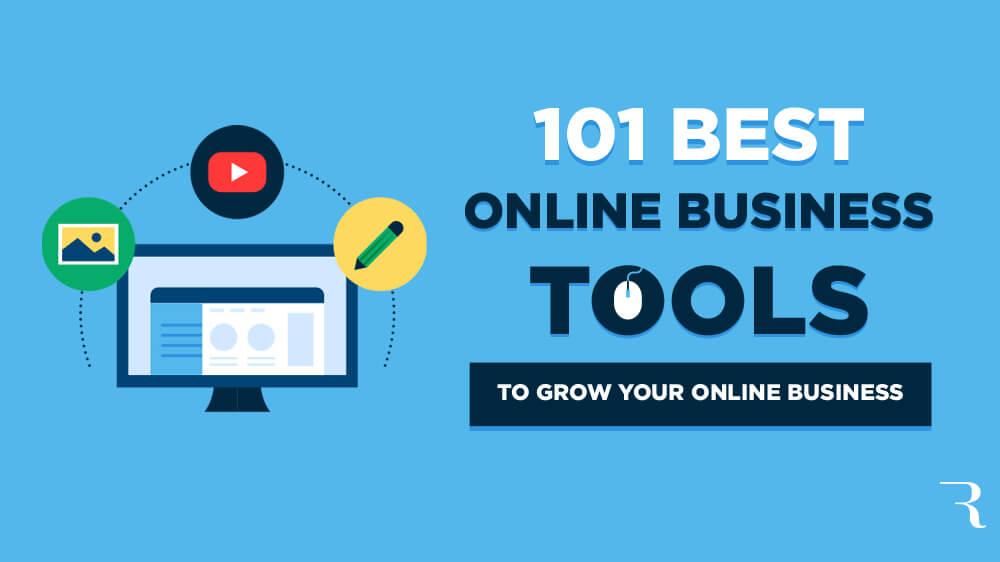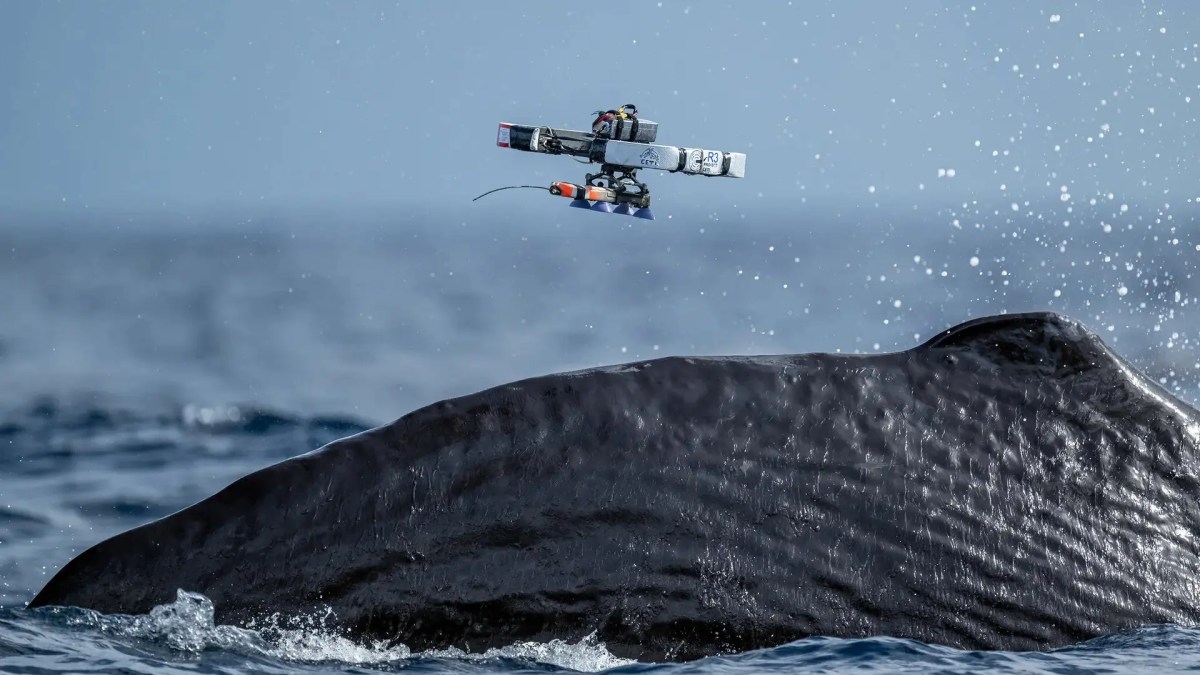In Digital Asset Management (DAM) software, the primary focus has traditionally been on storing and securing digital files. From images and videos to documents and 3D models, DAM systems help organize and provide access to valuable content. However, a truly powerful DAM system goes beyond just managing digital assets—it also enables the management of people and their relationships to those assets.
By leveraging semantic relationships—the connections between assets, people, and metadata—an advanced DAM system can add layers of context, making assets more valuable, discoverable, and actionable.
Beyond Files: Storing People as Assets
A robust DAM system doesn’t just catalog digital content—it also connects those assets to the individuals and teams that create, approve, and use them. Storing people as assets allows organizations to:
- Assign credit for campaigns, creative projects, photographs, music, or paintings to their rightful creators, such as photographers, designers, copywriters, artists, or videographers.
- Associate people with rights, usage restrictions, and licensing agreements.
- Ensure compliance by connecting content to model and talent rights.
- Establish a historical record of contributions and creative collaboration.
For example, in a global advertising campaign, a DAM platform ensures that the correct assets are linked to the talent featured in them, along with relevant usage rights, restrictions, and licensing agreements. This not only establishes clear relationships between assets and talent but also enables the campaign to automatically inherit any associated restrictions, ensuring compliance and seamless rights management.
Semantic Relationships: Adding Context to Connections
A DAM system with semantic relationship capabilities goes beyond simple asset linking—it allows users to define the specific ways assets, people, and projects are related. This distinction is powerful because relationships are context-dependent.
Example 1: Clarifying Relationships
A DAM may store a painting and an artist as related assets, but how are they connected? With semantic relationships, the system can define whether the artist is:
- The creator of the artwork
- The subject depicted in the painting
- The inspiration behind the piece
This level of detail is essential because it impacts:
- Searchability – Ensuring users can find the right assets based on context
- Rights management – Clarifying ownership, licensing, and usage rights
- Contextual accuracy – Preventing misattribution and ensuring proper credit
Without clear relationships, users may struggle to determine an artist’s role, leading to confusion and potential issues with attribution, licensing, and compliance.
Example 2: Managing Athlete Endorsements in Marketing
Consider a star athlete launching a new signature shoe line. A basic DAM can link the athlete to product images of her shoes, but a DAM platsystem with semantic relationship capabilities can take this further by distinguishing between:
- Product marketing assets – Studio shots and promotional images featuring the athlete modeling the new shoe.
- Game photography – Action shots capturing the athlete wearing the shoes during live events.
- Milestone moments – Historic achievements, such as winning a championship or setting a record while wearing the shoes.
- Sponsorship and rights-based assets – Images and videos tied to specific endorsement deals, ensuring proper usage and compliance.
By defining these nuanced relationships, a DAM solution enhances asset discoverability, ensures the right content is used in the right context, and prevents legal or branding conflicts.
Managing Model and Talent Rights at the Individual Level
One of the most critical aspects of DAM software in industries like media, advertising, and fashion is managing model and talent rights. A powerful DAM solution can:
- Store contracts, talent agreements, and licensing details at the personal level.
- Automatically flag related assets that are outside of the model or talent usage rights, preventing unauthorized use.
- Track expirations and renewal needs for model rights, ensuring teams only use assets within legal guidelines.
- Provide quick answers to critical questions: “Can we still use this actor’s image in new marketing materials?” or “What regions are we allowed to use this athlete’s endorsement in?” All related campaigns can be automatically associated with and inherit applicable rights.
Workflow Optimization: Faster Approvals and Collaboration
Another significant benefit of treating people as assets in a DAM platform is workflow optimization. By associating assets with the right people, organizations can:
- Streamline approval processes by automatically routing assets to the correct reviewers, such as legal teams for rights verification or marketing teams for branding consistency.
- Enable faster content lifecycle management by ensuring assets seamlessly transition from creation to approval to distribution.
- Improve collaboration by providing clear visibility into who is responsible for what, eliminating bottlenecks and improving efficiency.
For example, an enterprise DAM solution can support a one-to-many relationship where a single asset may be linked to multiple stakeholders:
- A photographer as the creator
- A marketing manager as the approver
- A brand manager as the distributor
- A legal team as the verifier of the right
By clearly defining these roles within the DAM system, organizations avoid confusion, reduce approval delays, and ensure compliance across all departments.
Automated Content Discovery: Smarter Asset Suggestions
A DAM platform that understands semantic relationships can proactively suggest relevant assets based on historical usage patterns. For example, if an organization regularly uses a particular set of logos, brand guidelines, and photographer images for an annual event series, the DAM solution can automatically surface those assets when new content related to that event is being created.
This intelligence enables:
- Consistent branding by ensuring the correct logos and guidelines are applied.
- Faster asset retrieval by recognizing recurring themes and contributors.
- Improved content curation by recommending assets that align with established campaigns.
Scaling DAM with Smart Relationships
As organizations scale their DAM usage, the need for intelligent relationships grows. Managing assets in isolation is no longer enough—organizations must think in terms of interconnected workflows, contributors, and rights holders. By leveraging semantic relationships, they can:
- Improve content governance and ensure brand consistency.
- Automate rights enforcement and prevent compliance risks.
- Enhance asset discoverability and usability for creative teams.
Conclusion: A DAM That Understands Context Makes Assets More Valuable
Digital Asset Management software is evolving beyond file storage and metadata tagging. By treating people as assets and implementing semantic relationships, organizations gain a more intelligent and efficient system. They can ensure compliance, enhance asset discoverability, and make better strategic decisions when utilizing digital content.
The future of DAM software isn’t just about managing files—it’s about managing the rich network of people, projects, and relationships that bring those assets to life. Organizations that embrace this approach will unlock new levels of efficiency, collaboration, and control over their digital assets.
Publisher: Source link











